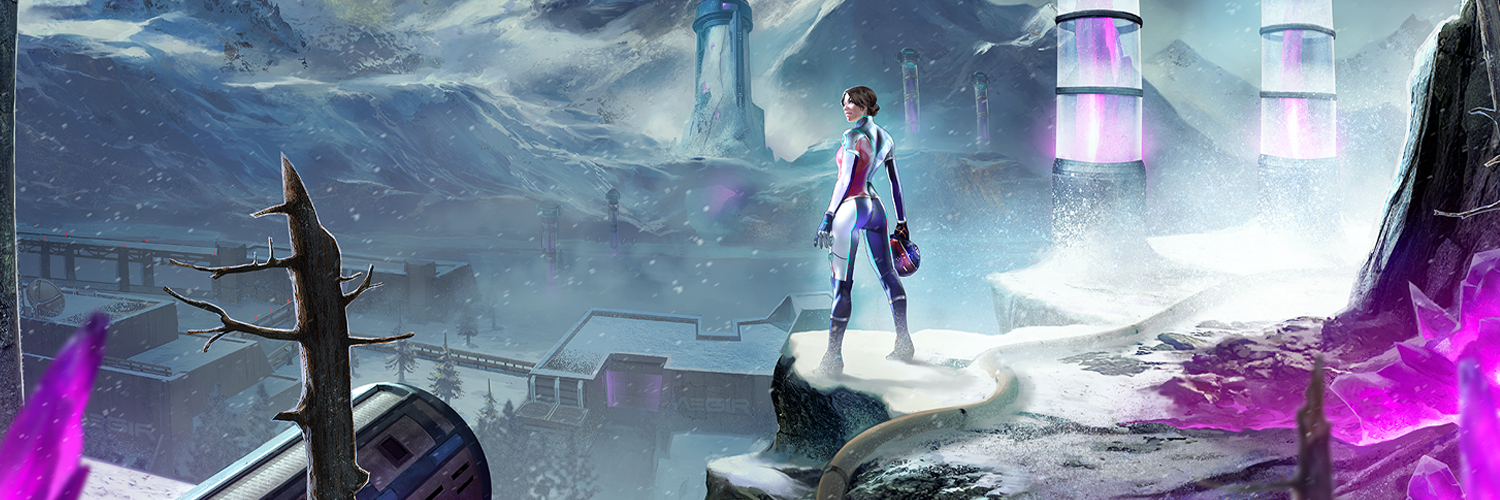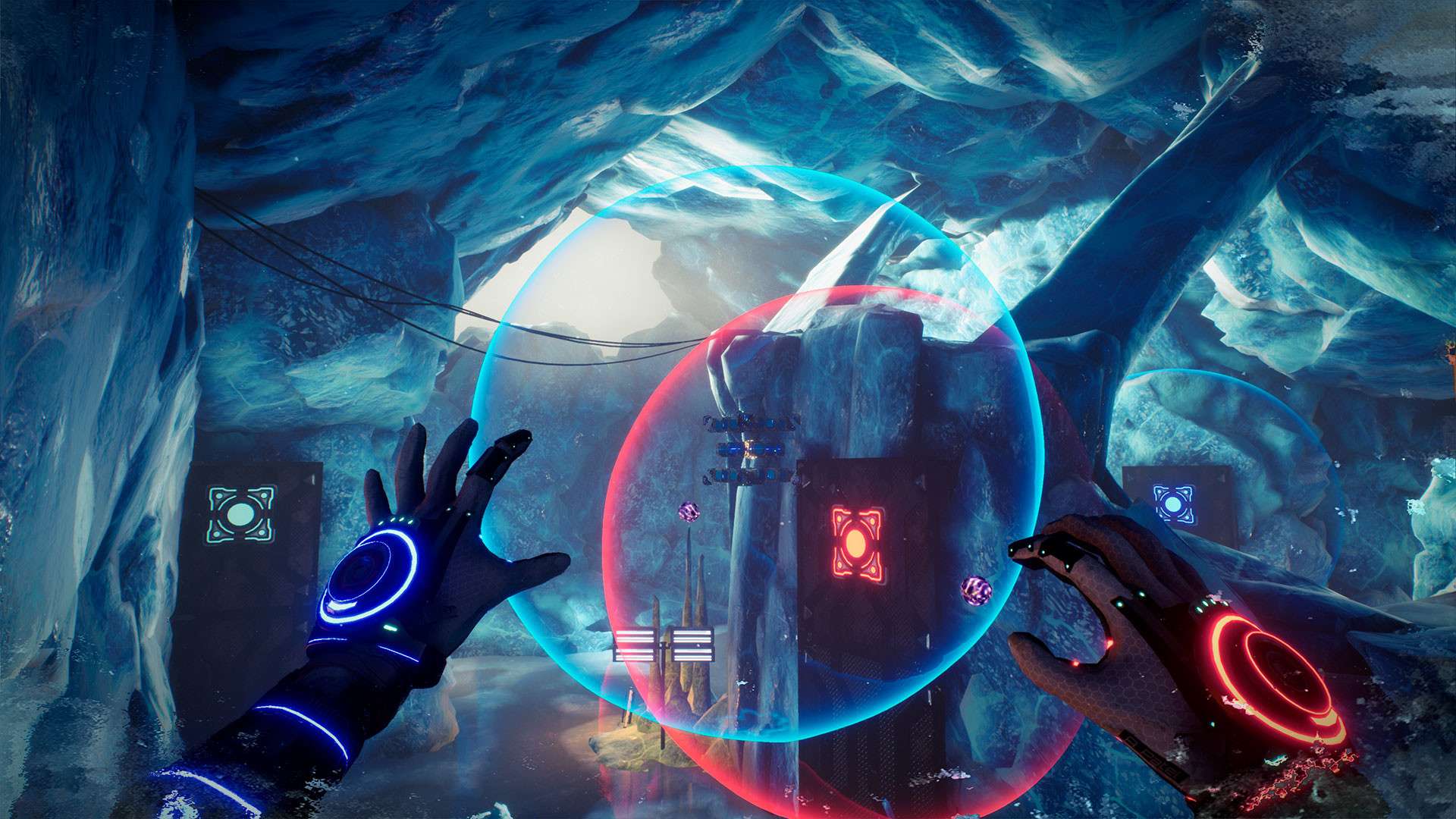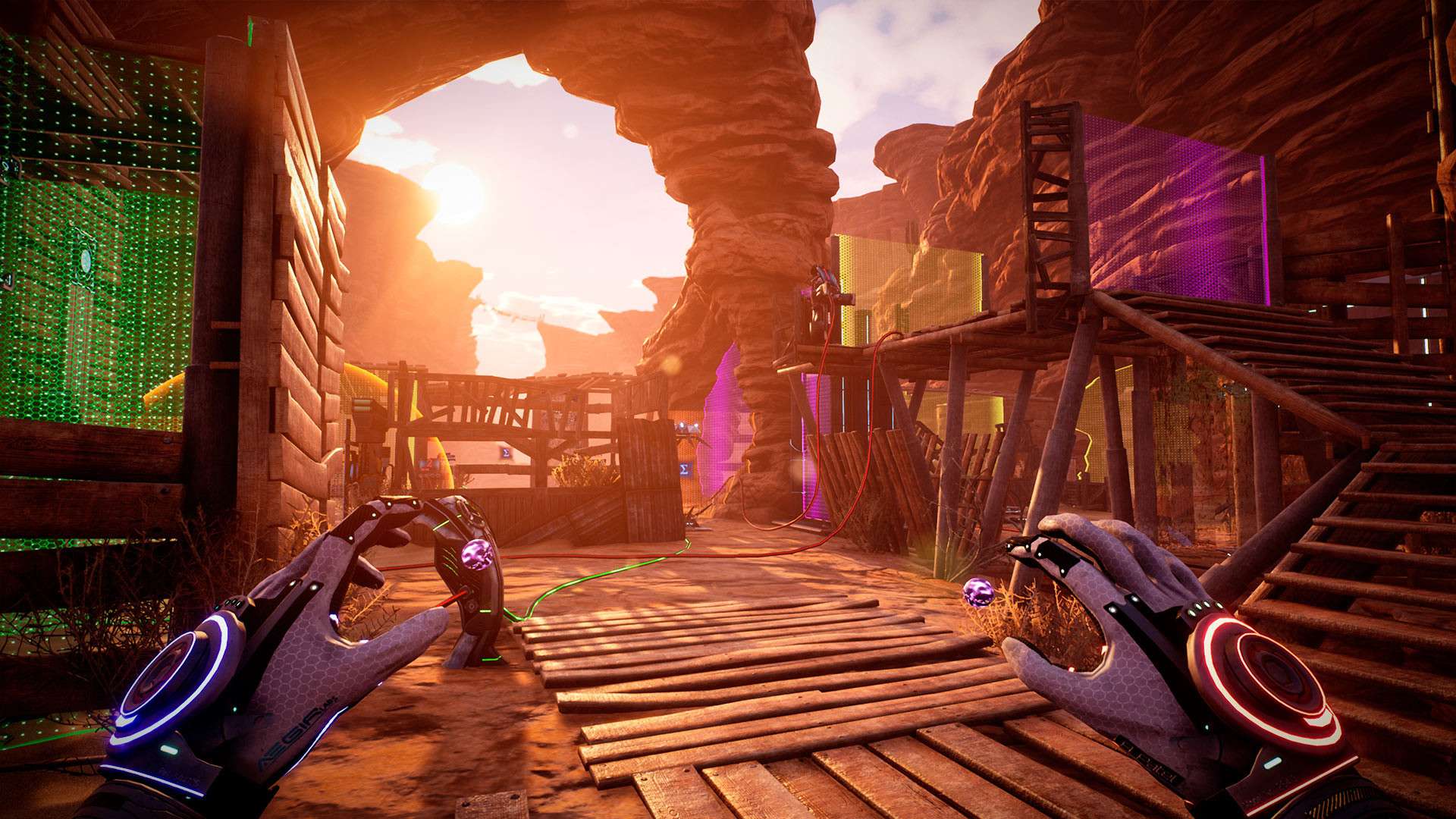
Relicta PC Review
First and foremost, yes, Relicta was originally released over 16 month ago. No, this is not a re-release of any kind; just a review that got rolling after enjoying the demo during one of our Dem-OH! streams. However, it must also be stated that within the last year two rather generously-sized free add-ons have been put out, almost doubling the length of the game with more puzzles and more story – one set before and one after the events of the main title. Those will be considered part of the standard experience for this review.
————————————————————————————————————————————————–
Playing with cubes and magnetic fields seems to be par for the course in 3D puzzle games but Relicta does still manage to stand out from the crowd. Not with a bold artistic choice or the promise of a philosophical 4th-wall-breaking look into the human condition, but by leaning into convolution. It is immediately obvious that the team at Mighty Polygon didn’t shy away from over-complicating, instead they seem to have actively strived to reach high levels of obfuscation and complexity. It feels like they didn’t want players to be able to simply walk into a room and start solving, they wanted them to have to explore and theorise. Before it’s possible to even start testing potential resolutions, each challenge, like a knotted mess of headphones that have been jiggled around in a backpack all day, must be carefully untangled and organised. See, it’s not uncommon for areas to be split into several rooms or over multiple elevations and have no obvious start or end point, which makes figuring out where to even work back from part of the puzzle itself. And although these patterns can start to feel a little more like artificial extension than interesting intricacy by the end, the limited interactions with the magnetic fields, cubes, and other systems somehow manage to constantly introduce new ideas throughout the entire 20+ hour story.

An impressive feat to keep a rather simple concept engaging for so long, but not as impressive as building such a strangely believable world complete with a narrative that actually had me pretty hooked for the ending, even with the odd bit of cringeworthy (but always fantastically voice-acted) dialogue. Although, weirdly, this was especially noticeable in the second expansion and thus the last bit of Relicta anyone would play – probably not a great taste to leave in people’s mouths. In the future, whilst secretly studying a bizarre and ancient artefact (called the Relicta) that was discovered on a now-terraformed version of the Moon, everything starts to suddenly go awry. With bouts of power outages affecting comms and leaving teams of people stranded in different biomes around the testing facilities, it’s up to our protagonist and one of the head scientists, Angela Patel, to rescue those in need. Starting with the immediate need to get transportation infrastructure back online and rebooting the AI that helps with automated emergency responses, it doesn’t take long to realise things aren’t exactly what they seem.
Whilst perhaps not the most original or breathtaking story ever told, I do feel that the characters, their motivations, and connections held up right through the credits as well as the add-ons for me. There’s a great sense of balance in that when the puzzles begin to frustrate, the need to know what’s next is powerful enough to coax the player through; and when the story is a little slow, the puzzles are there to keep them captivated. So how are they? It seems crazy to have spoken so much about Relicta already without even touching on its main gameplay loop, but in reality I’m sure most people could instantly devine exactly how it plays but with a single screenshot. As mentioned above, it’s nothing new. However, even besides the trickery with room layouts, many of the trials are brimming with excellent design. Although that certainly can’t be said for the entire game, especially not for the ones that rely a little too much on the player fiddling with the game’s physics rather than simply controlling events in the correct order and with the right timing. It’s a decent split though, and there’s absolutely no shortage of them (more so than I possibly would have imagined, in all honesty).

The actual solving all boils down to manipulating cubes by either directly picking them up or by remotely setting their polarities, as well as the polarities of parts of the environment, in order to set up chains of attractive and repelling magnetic fields. A third main control – the ability to toggle a cube’s gravity on or off – is also heavily utilised, allowing them to be sent into the air or across gaps. Of course the inclusion of cubes at all means the stages are crowded with switches that must be activated by the player or weighed down by, you guessed it, a regular hexahedron. Then, with the establishment of holographic walls that either the player or the cube can’t cross, the framework is complete – get yourself from point a to point b with everything you need to open the door to the exit. From there we can complicate things by requiring specifically ‘marked’ cubes, moving platforms, drones that move things around, special walls that remove polarity and gravity settings, and much, much more. Relicta is nothing short of relentless in its desire to push mechanics to their absolute limit, only to then continue to throw curve-balls via an endless drip-feed of minor additions.
It would take forever to discuss everything Relicta gets players to do over it’s tremendous (for a game like this’) runtime, but you must know that it will force a complete change of perspective time and time again, even when you are positive you know how everything works. Out of nowhere, thirteen hours in, you’ll need to figure out it’s possible to jump on drones and ride them over chasms, for example. On the other hand, the ‘jankier’ tasks asked of the player also deliver a lot of “are you kidding me? Is that really how it’s supposed to be done?” moments, as a cube is convulsively forced into awkward positions or, through a minor physics tick, becomes unrecoverable, thus demanding the whole area be re-done. Clearly a product of the creative team’s love of 201X-ish 3D puzzle games, it’s still a must-play for fans of the genre looking for a bit of a niche nostalgic hit or for those that missed the likes of Q.U.B.E, Magrunner: Dark Pulse, Quantum Conundrum, and so on the first time around. It’s a good time and a fantastic brain-burner, but perhaps by trimming some of the weaker areas and focusing on what makes it special, Relicta could have stood a little taller next to some of the giants in its category.
